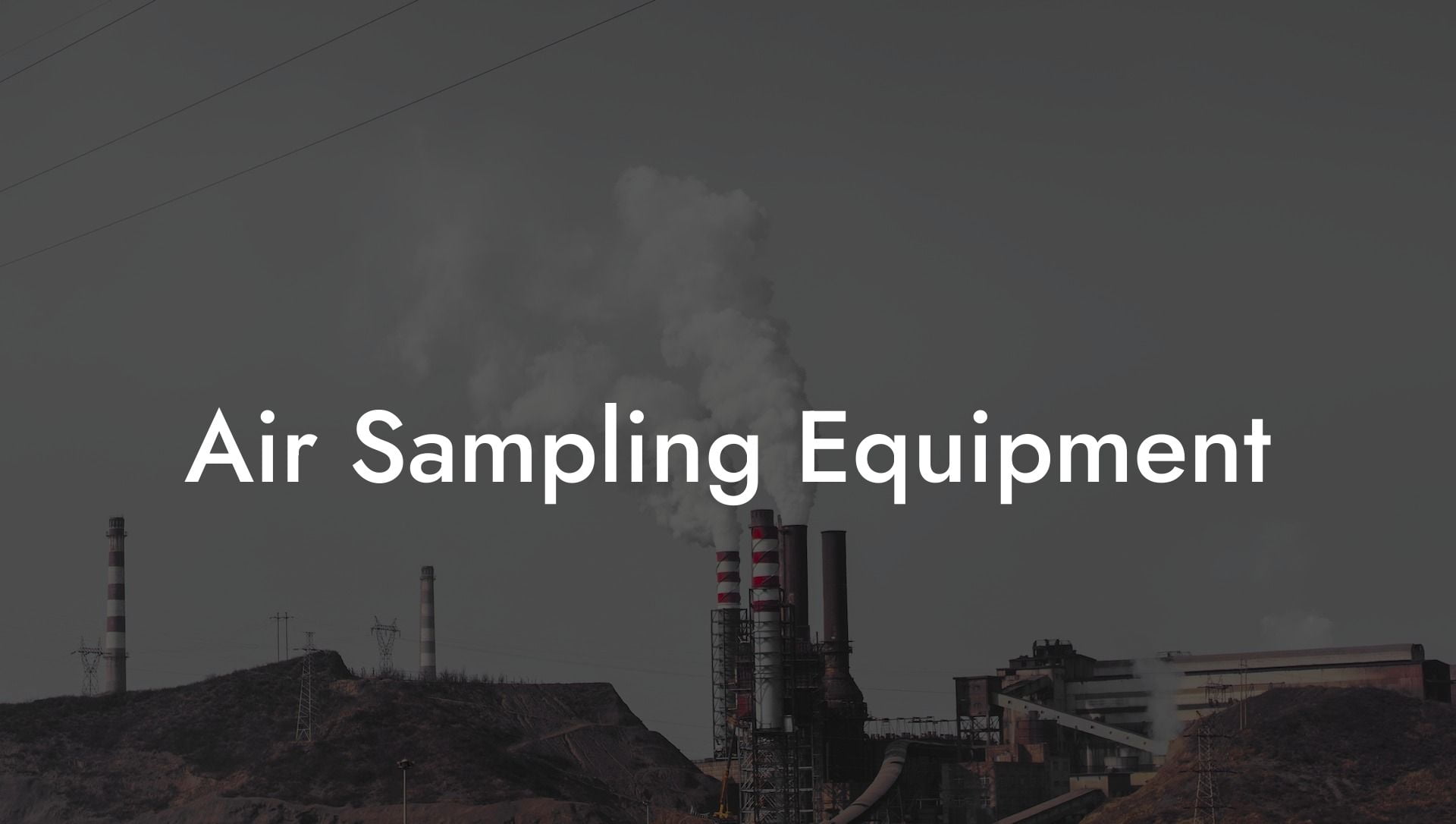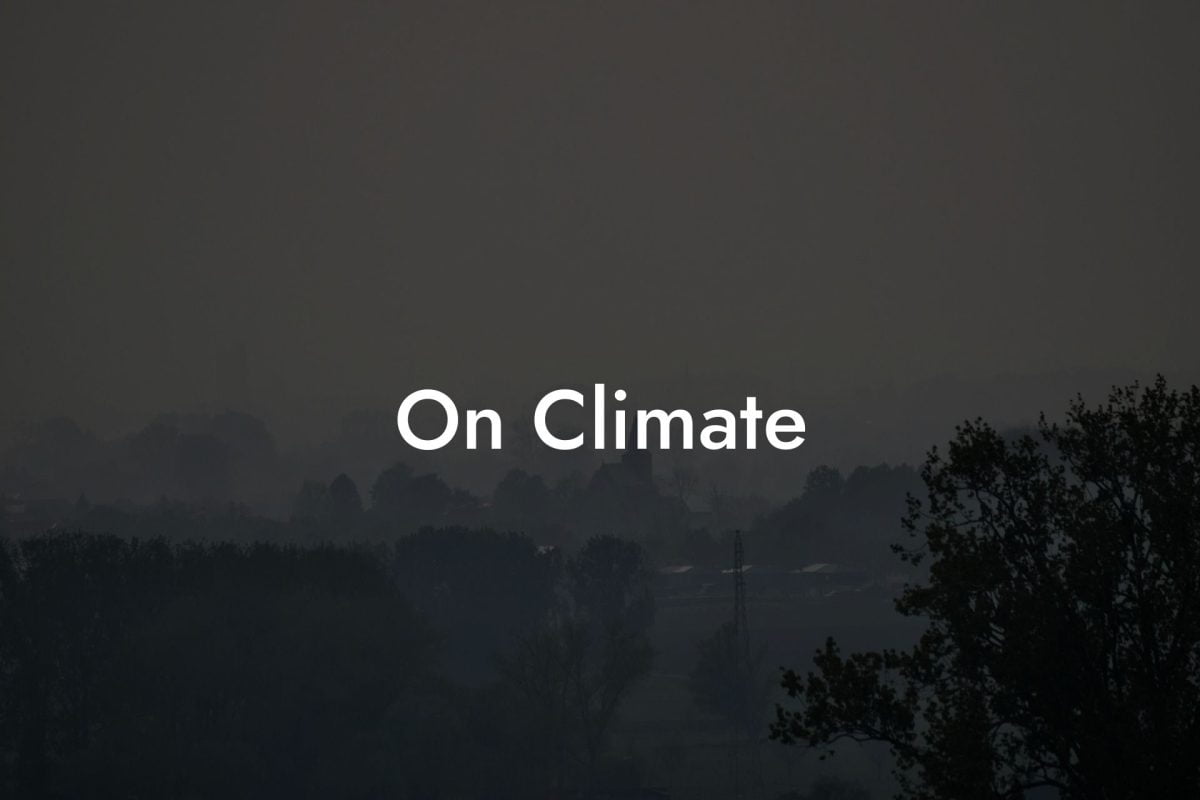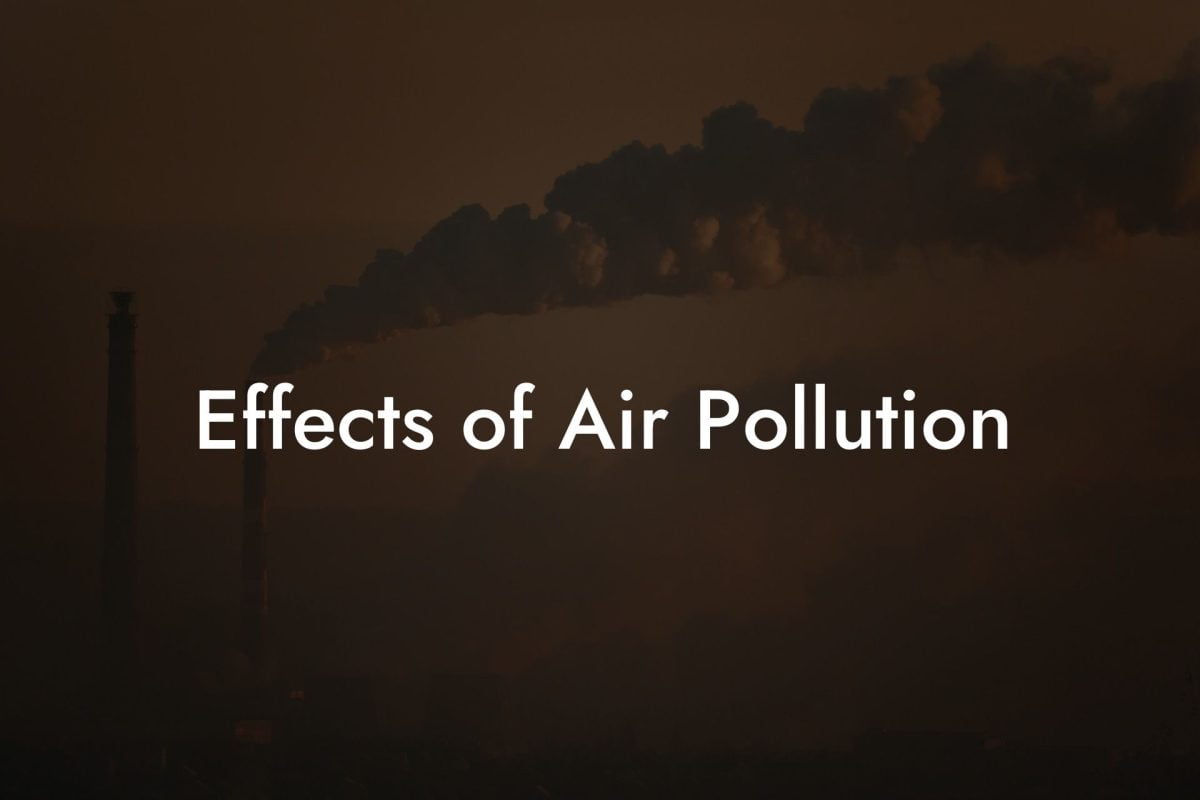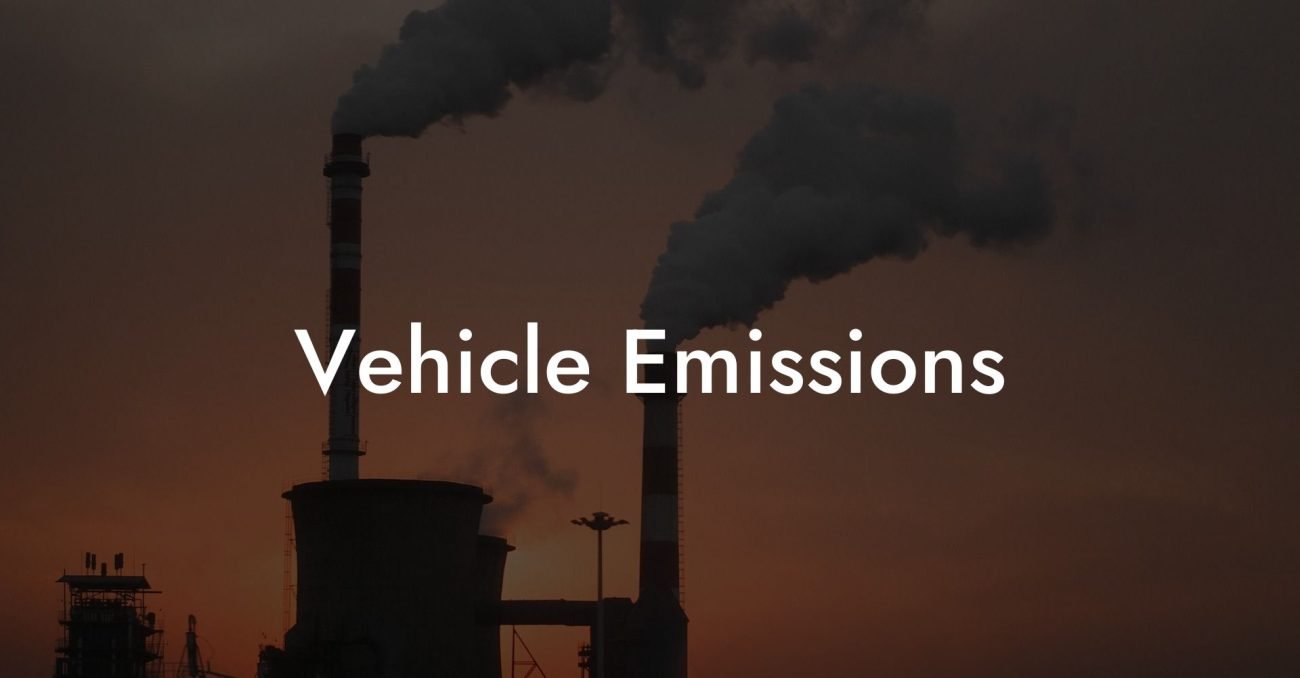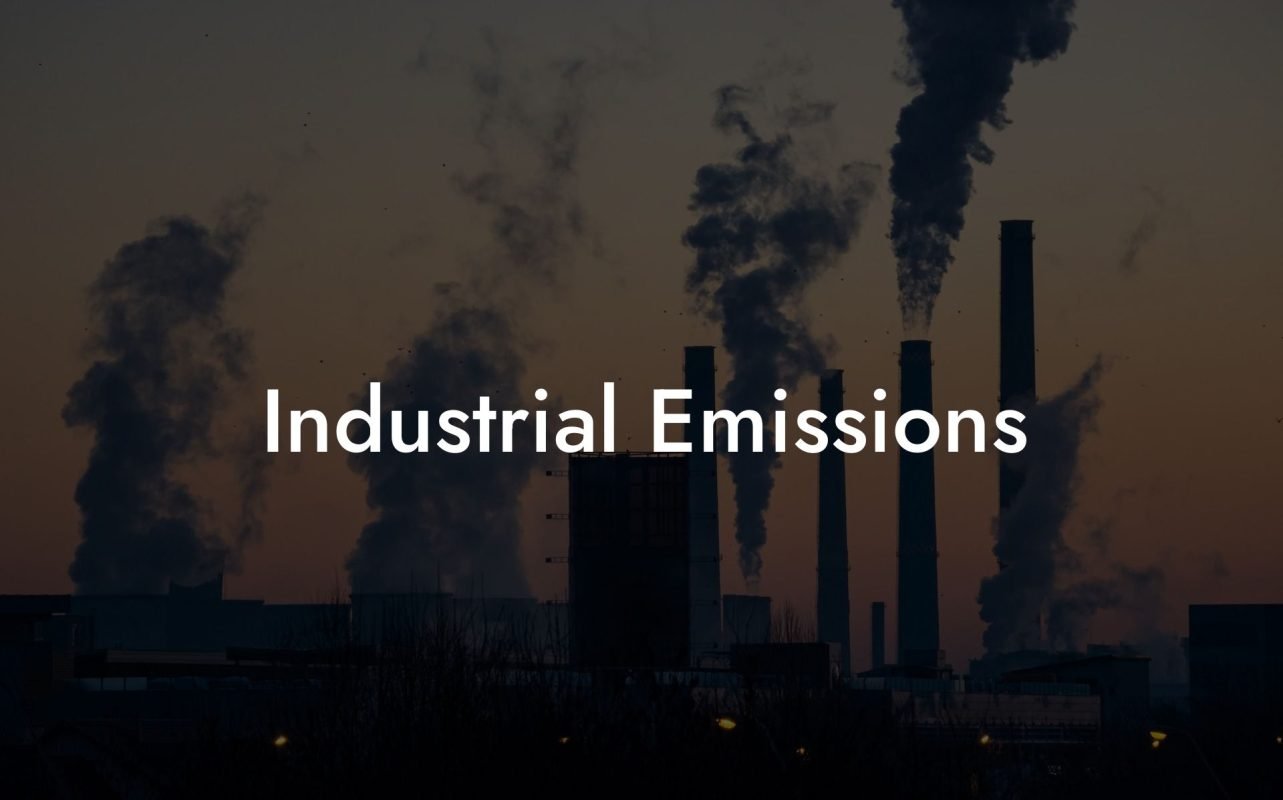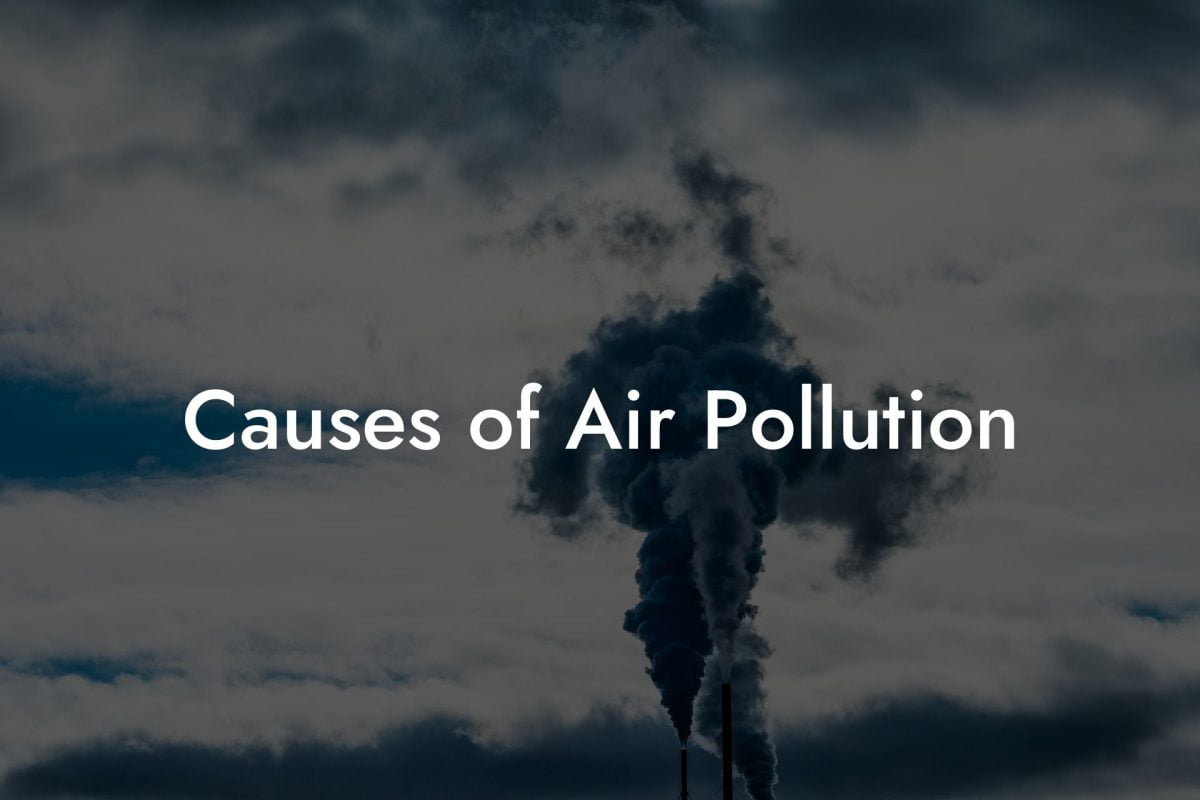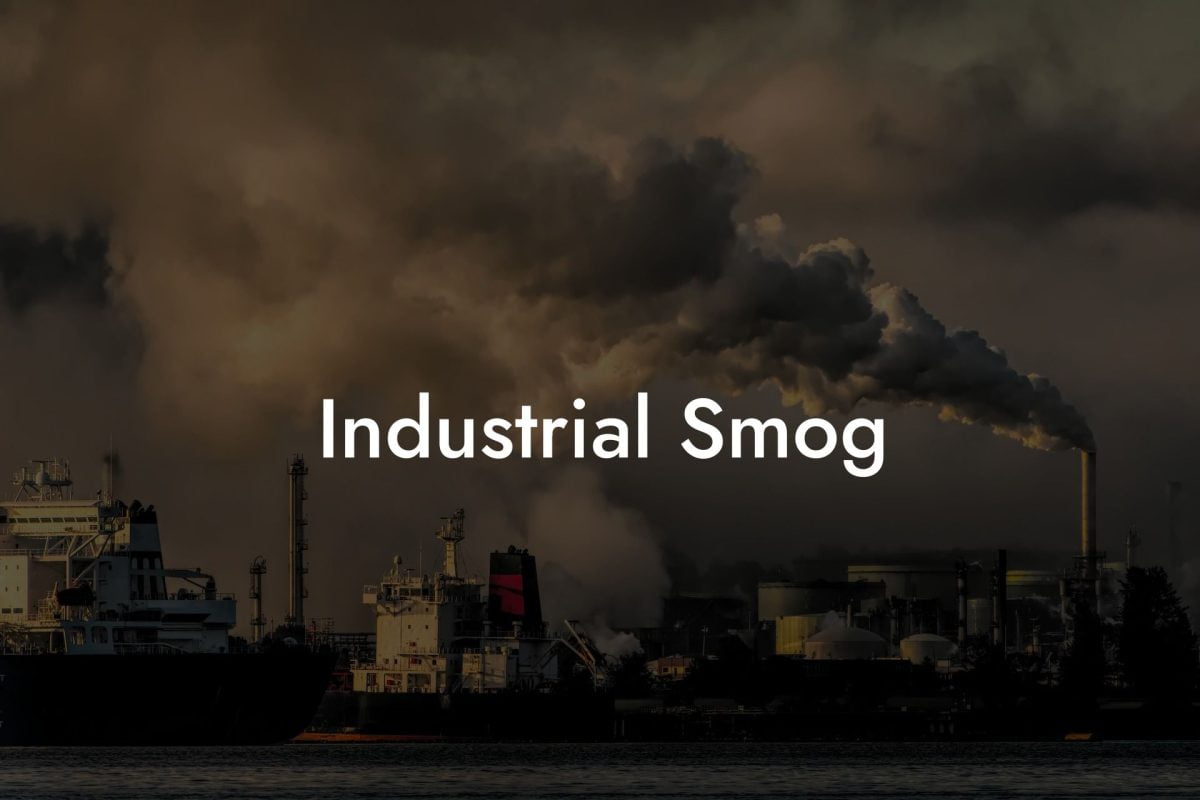Introduction to Air Sampling Equipment
Air sampling equipment is essential in the study and management of air quality. These tools are used to collect and analyze samples of air from various environments, providing crucial data on the types and concentrations of pollutants.
Importance in Air Quality Monitoring
Reliable air sampling is vital for understanding air pollution, assessing public health risks, and formulating environmental policies.
Types of Air Sampling Equipment
Passive Samplers
Passive samplers collect air pollutants without the use of active pumping mechanisms. They are simple, cost-effective, and useful for long-term monitoring.
Active Samplers
Active samplers use a pump to draw air through a filter or collection medium. They are ideal for collecting specific pollutants and providing detailed data over shorter periods.
Real-Time Monitors
These devices provide immediate data on air quality, allowing for rapid response to changing pollution levels.
Key Pollutants Monitored
Particulate Matter (PM)
Specialized samplers measure different sizes of particulate matter (PM10, PM2.5), critical for health impact assessments.
Gaseous Pollutants
Equipment like gas chromatographs and spectrometers are used to monitor gases like ozone, nitrogen oxides, sulfur dioxide, and volatile organic compounds (VOCs).
Bioaerosols
Certain samplers are designed to capture biological aerosols, such as pollen and mold spores, important for allergen monitoring.
Calibration and Maintenance
Ensuring Accuracy
Regular calibration and maintenance of air sampling equipment are essential for ensuring data accuracy and reliability.
Challenges in Field Conditions
Maintaining equipment in varying environmental conditions poses unique challenges, especially in remote or industrial settings.
Advances in Air Sampling Technology
Miniaturization and Portability
Advancements in technology have led to smaller, more portable air sampling devices, expanding the possibilities for on-site and personal exposure monitoring.
Improved Sensitivity and Specificity
Modern equipment offers enhanced sensitivity and specificity, allowing for the detection of lower concentrations of pollutants and a wider range of compounds.
Applications of Air Sampling Equipment
Environmental Research
Researchers use air sampling to study pollution sources, dispersion patterns, and environmental impacts.
Public Health Studies
Exposure assessments in public health studies rely on air sampling data to understand the relationship between air quality and health outcomes.
Regulatory Compliance
Industries use air sampling to monitor emissions and ensure compliance with environmental regulations.
Air Sampling in the UK
The UK's Air Monitoring Network
In the UK, a network of monitoring stations equipped with various air sampling devices provides comprehensive data on national air quality.
Specialized Research and Campaigns
Air sampling equipment is also used in specialized research studies and campaigns to address specific environmental and health concerns.
UK Air Pollution: Your Source for Air Quality Data
Comprehensive Database on Air Pollution
UK Air Pollution offers an extensive database of air pollution data, including information from various air sampling methods across the UK.
Why UK Air Pollution?
Our platform provides detailed, accessible, and up-to-date information, making it an invaluable tool for researchers, policymakers, and the public interested in air quality.
Enhancing Understanding and Action
With UK Air Pollution, gain in-depth insights into air pollution monitoring and research, supporting your projects and initiatives in environmental and public health.
Frequently Asked Questions
What is Air Sampling Equipment?
Air sampling equipment is a tool or system used to collect and analyze samples of air from various environments to measure the concentration of various pollutants, particles, or gases.
What Are the Main Types of Air Sampling Equipment?
The main types include active samplers, which actively draw air into a collection device, and passive samplers, which rely on natural air movement.
How Does Air Sampling Equipment Work?
Air sampling equipment works by drawing air into a device where the air is either passed through a filter that traps particles or into a collection medium where gases or particles can be analyzed.
Why is Air Sampling Important?
Air sampling is important for assessing air quality, monitoring workplace exposures, environmental research, and ensuring compliance with health and safety regulations.
What Contaminants Can Air Sampling Detect?
Air sampling can detect a wide range of contaminants, including particulate matter, volatile organic compounds (VOCs), gases like carbon monoxide and sulfur dioxide, and biological agents like mold.
How Accurate is Air Sampling Equipment?
The accuracy of air sampling equipment varies depending on the type and quality of the equipment, as well as the specific methods used for sampling and analysis.
What is Active Air Sampling?
Active air sampling involves using a pump to actively draw a known volume of air through a filter or into a collection container over a specific period.
What is Passive Air Sampling?
Passive air sampling does not require a pump. Instead, it relies on the natural movement of air to come into contact with a sampling medium, often over a longer period.
Can Air Sampling Equipment Be Used Indoors and Outdoors?
Yes, air sampling equipment can be used in both indoor and outdoor environments depending on the design and purpose of the equipment.
How is Air Sampling Data Used?
Air sampling data is used to assess air quality, identify and quantify pollutants, comply with environmental regulations, and inform policy and health recommendations.
What Factors Influence Air Sampling?
Factors include the type of contaminants, the volume of air sampled, the duration of sampling, environmental conditions, and the sensitivity of the sampling equipment.
How Often Should Air Sampling Be Conducted?
The frequency of air sampling depends on the specific requirements of the environment being monitored and the objectives of the air quality assessment.
Can Air Sampling Equipment Detect Mold?
Yes, specific types of air sampling equipment can collect spores for mold analysis to assess indoor air quality and potential mold contamination.
What is the Role of Air Sampling in Occupational Health?
In occupational health, air sampling plays a crucial role in ensuring that workplaces comply with safety standards and that workers are not exposed to harmful levels of airborne contaminants.
How Do You Choose the Right Air Sampling Equipment?
Choosing the right equipment depends on the specific contaminants being measured, the environment of sampling, regulatory requirements, and the desired accuracy and resolution of data.
What Maintenance Does Air Sampling Equipment Require?
Maintenance typically includes regular calibration, filter replacement, cleaning, and checks to ensure that pumps and other mechanical parts are functioning correctly.
Are There Any Limitations to Air Sampling?
Limitations include the potential for sample contamination, the need for precise calibration, variations in environmental conditions, and the detection limits of the equipment.
Can Air Sampling Equipment Measure Airborne Virus Particles?
Specialized air sampling equipment can collect airborne virus particles, which are important for studying the spread of diseases, especially in indoor environments.
How Long Does Air Sampling Typically Take?
The duration can vary widely, from a few minutes for some active sampling methods to several days or weeks for certain types of passive sampling.
What Safety Precautions are Necessary When Using Air Sampling Equipment?
Safety precautions include ensuring proper calibration, handling samples carefully to avoid contamination, and wearing protective gear if sampling in potentially hazardous environments.
Is Training Required to Operate Air Sampling Equipment?
Proper training is often required, especially for complex equipment, to ensure accurate sampling, correct handling, and reliable interpretation of the results.
How Does Weather Affect Air Sampling?
Weather conditions like wind, humidity, and temperature can impact air sampling by influencing the distribution and concentration of airborne contaminants.
What Innovations are Emerging in Air Sampling Technology?
Innovations include the development of more sensitive and compact detectors, real-time monitoring capabilities, and the integration of smart technology for data analysis and reporting.
How Is Air Sampling Data Analyzed?
Data analysis involves evaluating the collected samples using various laboratory techniques to identify and quantify the types of contaminants present.
Can Air Sampling Equipment Be Used for Environmental Research?
Yes, it is extensively used in environmental research to study air pollution, the impact of human activities on air quality, and the presence of specific pollutants in different ecosystems.
What is the Significance of Air Sampling in Public Health?
Air sampling is significant in public health for monitoring pollution levels, assessing exposure risks, and informing policies to improve air quality and reduce health hazards.
How Do Regulations Impact Air Sampling Practices?
Regulations often dictate the methods, frequency, and standards for air sampling to ensure consistent and accurate monitoring of air quality in various settings.
Can Air Sampling Equipment be Integrated with Other Monitoring Systems?
Many modern air sampling devices can be integrated with broader environmental monitoring systems for comprehensive analysis and real-time data sharing.


